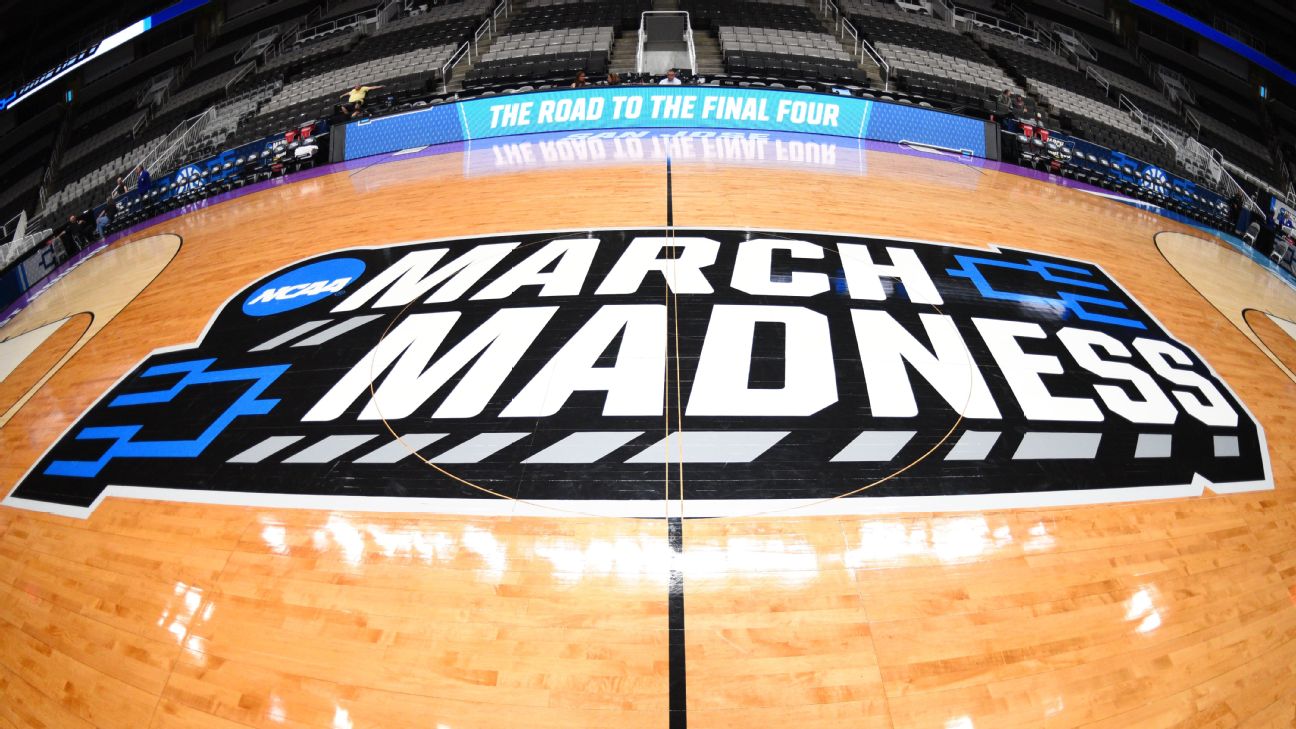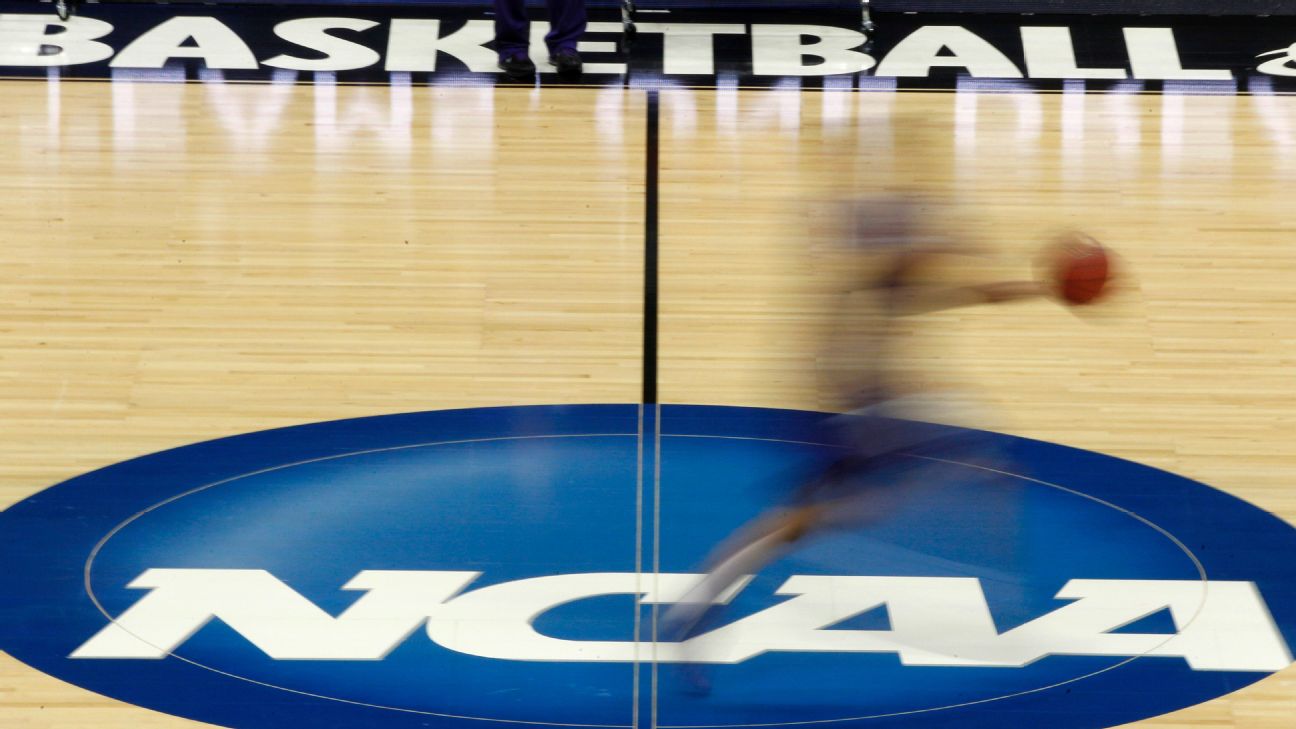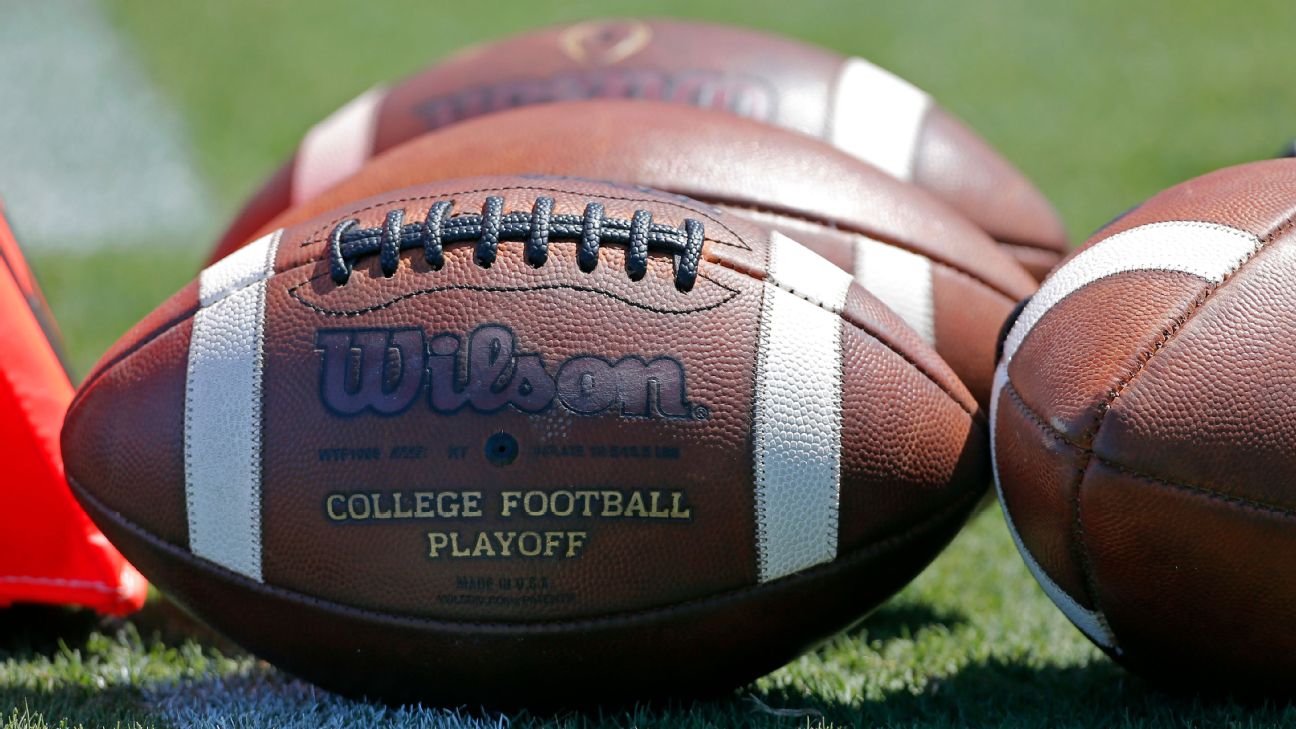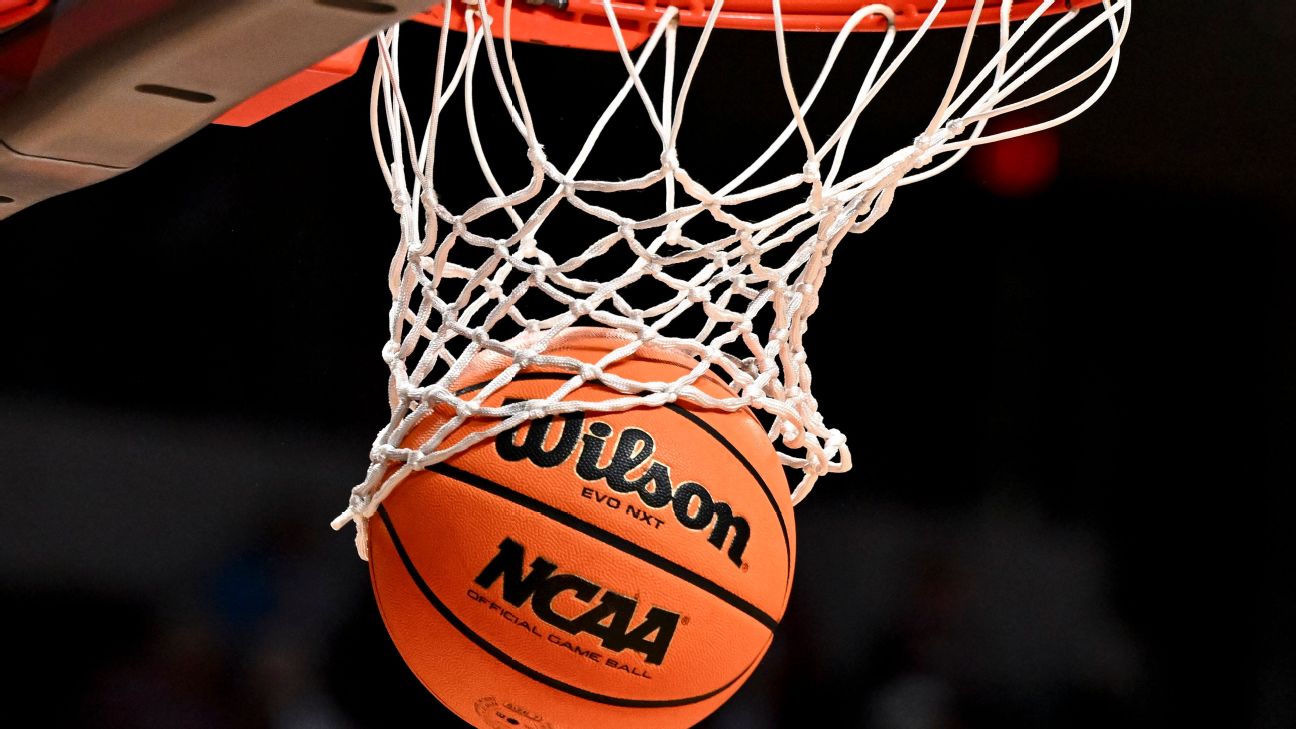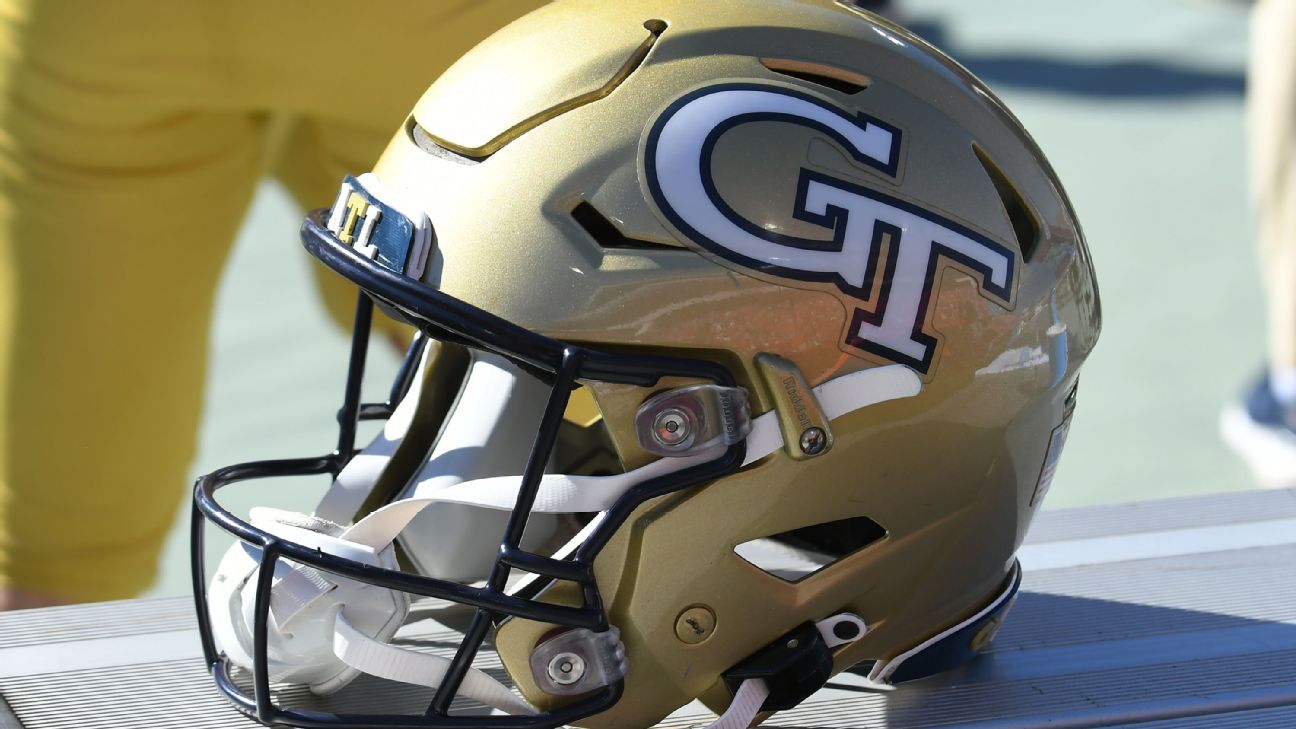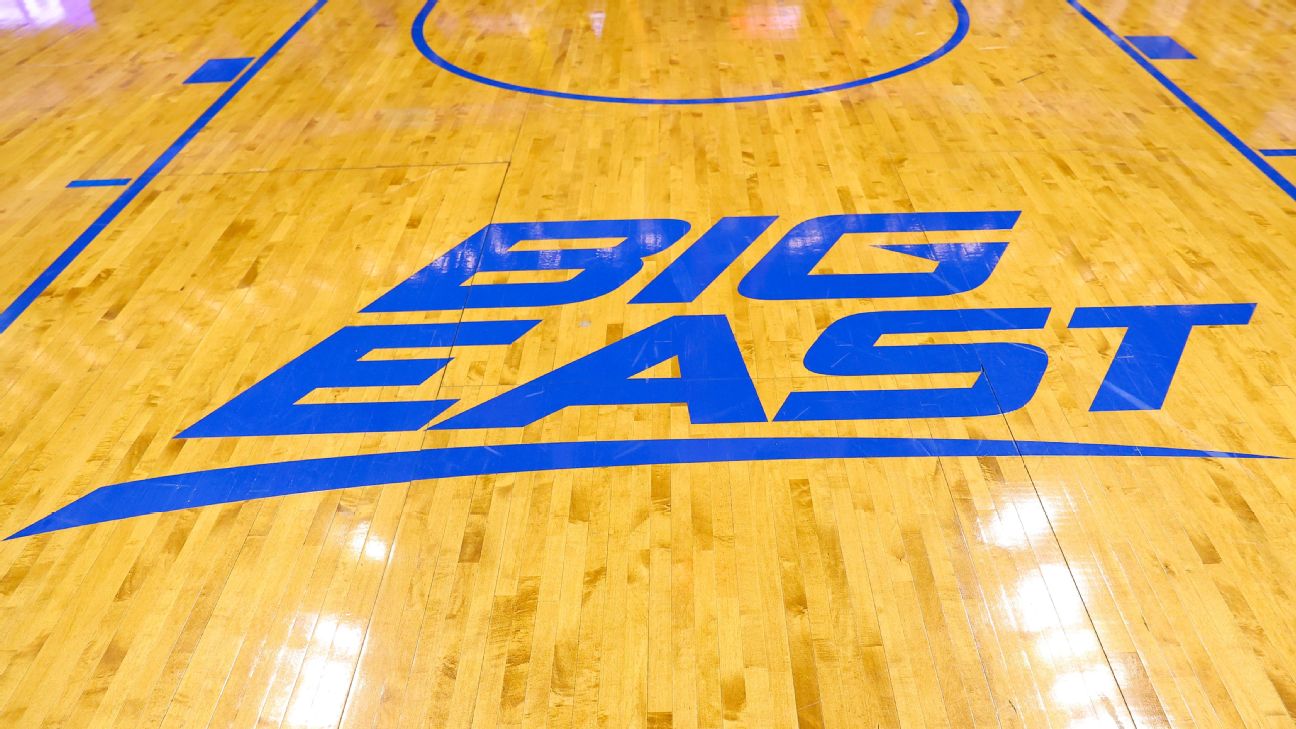Power Shift: NCAA's New Policy Grants Major Conferences Greater Influence
The NCAA has approved new rules that give the Power 4 conferences greater influence in major decisions, reshaping the governance of college athletics.
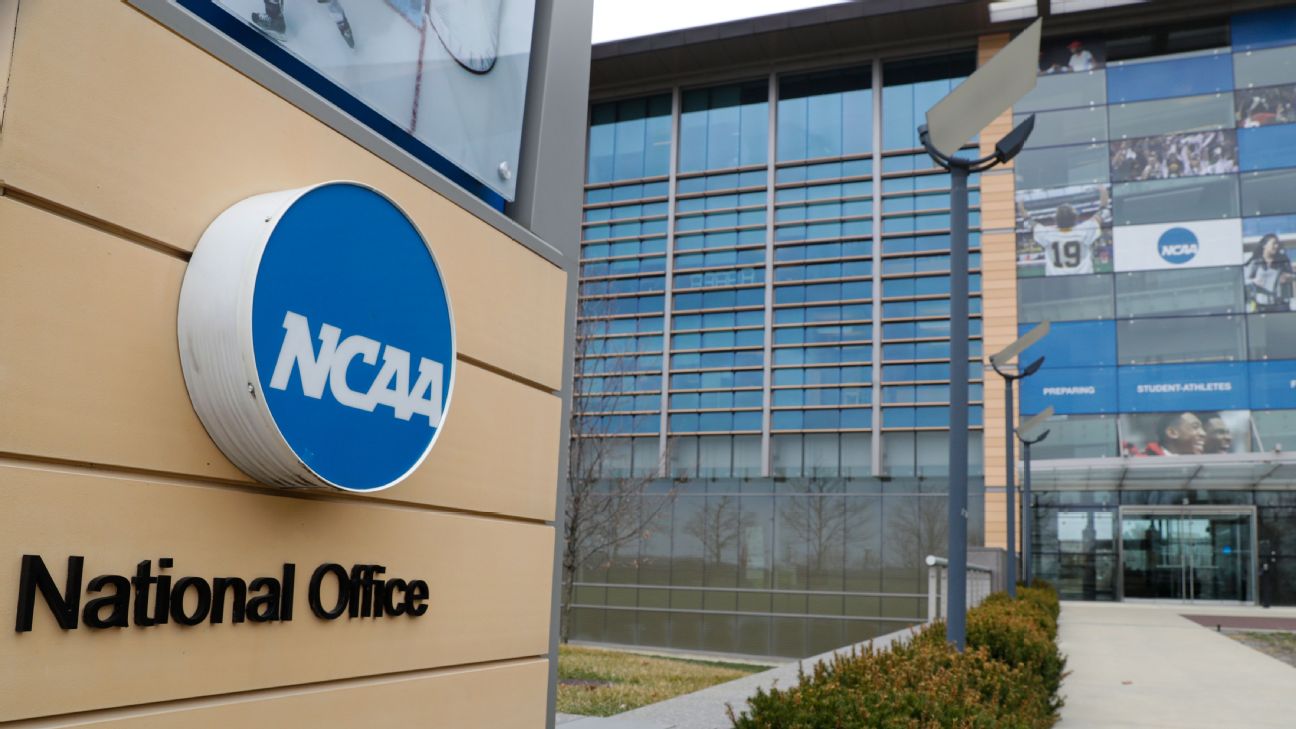
The NCAA has introduced significant changes to its governance structure, granting the Power 4 conferences—the SEC, Big Ten, ACC, and Big 12—greater influence in decision-making processes. This policy shift, approved on August 5, 2025, aims to streamline operations and ensure that major decisions require either unanimous approval from the Power 4 or support from a smaller conference.
Key Changes:
- Voting Power: Each of the Power 4 conferences now holds a 16.1% voting share on the Division I Board of Directors. This ensures that if one conference opposes a proposal, the remaining three can still pass it with a 51% majority.
- Board Composition: The board has been reduced from 24 to 13 members, with the Power 4 representatives having significantly more voting power than the rest.
- Financial Impact: The new structure also introduces three additional "units" for the men's and women's basketball tournaments, each worth approximately $2 million, to be awarded to the finalists.
Governance and Autonomy:
The NCAA's decision reflects a broader trend towards granting more autonomy to the largest, football-playing schools. While the NCAA does not oversee Bowl Subdivision football, this policy change is part of an ongoing effort to empower these institutions in shaping the future of college athletics.
Reactions:
- Greg Sankey, SEC Commissioner: Emphasized the need for more voting power to prevent gridlock among the Power 4.
- Tim Sands, Virginia Tech President and NCAA Board Chair: Praised the new structure as a modernized approach to governance.
- Keith Gil, Sun Belt Commissioner: Acknowledged the compromises made but recognized the framework as beneficial for all constituencies.
Future Implications:
This policy revamp is expected to have long-term effects on the governance and financial distribution within college athletics, particularly as the landscape continues to evolve with new challenges and opportunities.













